Revisiting the Life and Work of Roy Newell, a Founding Abstract Expressionist Painter Known for His Obsessive Perfectionism
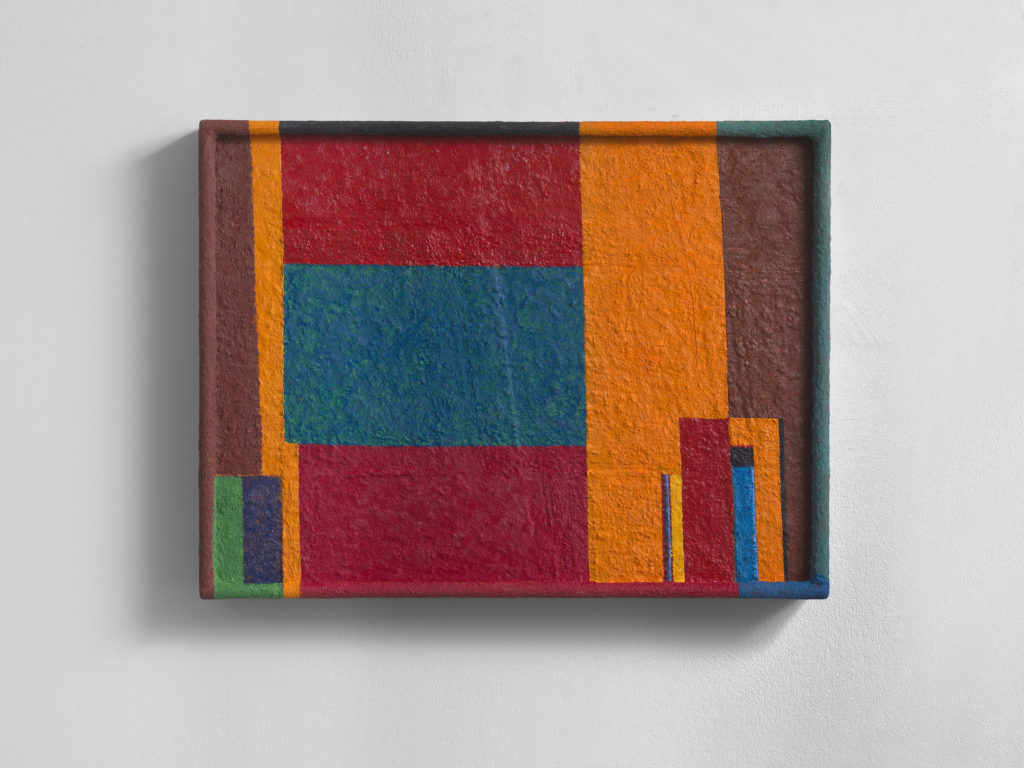

Artnet Gallery Network

Roy Newell was a complicated artist. Born in the Lower East Side of Manhattan in 1914, he was a pioneering Abstract Expressionist and founding member of the Eighth Street Club alongside his close friends and fellow painters, Willem de Kooning and Franz Kline. He was a regular at the Cedar Tavern, and could be seen there talking art with Phillip Guston or arguing (occasionally even physically fighting) with Jackson Pollock.
Walk into Simon Lee’s New York outpost now, where a survey exhibition of his impressive works from the late 1950s to early 2000s hangs, and you might be surprised that Newell never achieved the fame that those artists did. Why is that the case?
Well, for one thing, Newell was a rogue spirit. In the late 1940s and ’50s, he painted the kind of large, gestural canvases that his fellow AbEx artists would soon become famous for. But just as they began to garner notoriety, Newell decided to take his own practice in another direction. He destroyed his previous work and began exclusively working on small, geometric abstractions instead.
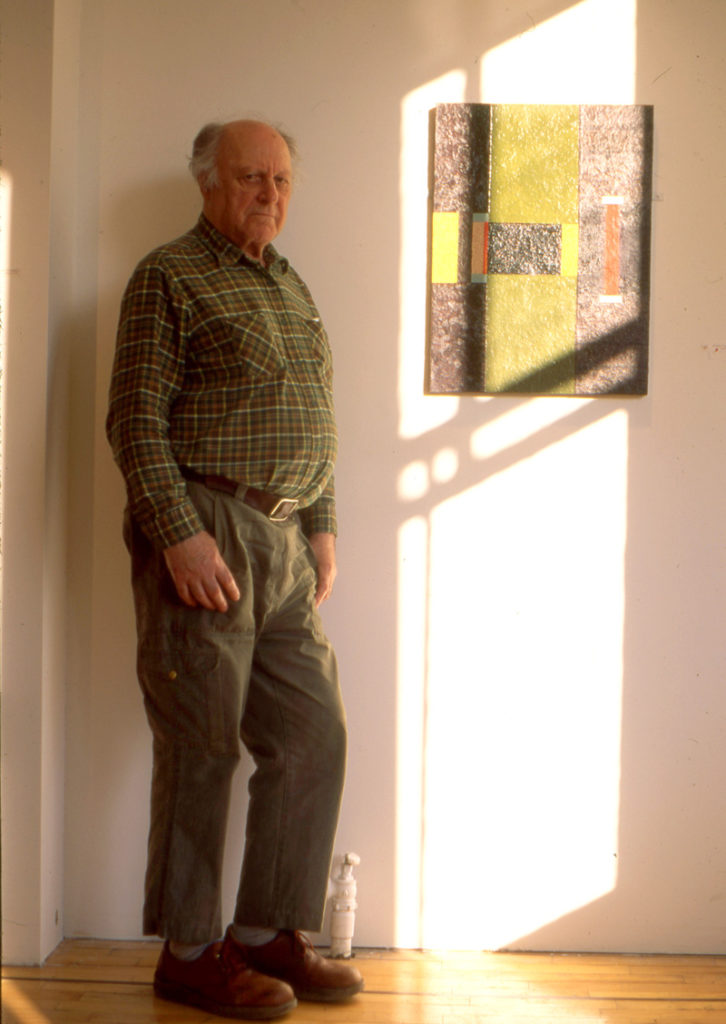
Roy Newell. Photo: John Woodward. Courtesy of Woodward Gallery, NYC.
“He was headstrong with his practice and unwilling to conform,” says James Shaeffer, the director for Simon Lee Gallery New York. “This is likely the reason why he didn’t achieve the same sort of fame in his lifetime, despite the fact that several of his peers championed his work—especially Kline and de Kooning.”
Newell worked up until his death at 92, but produced less than a 100 canvases during his lifetime. A staunch perfectionist, he was known for reworking canvases over the course of years—sometimes even decades. Friends and dealers even went so far as to take completed paintings away from him so that wouldn’t continue to chip away at them. Once, he even requested a painting back from a collector so he could modify it.
As a result, Newell’s canvases feature countless layers of paint that rise several centimeters above the substrate, lending a sculptural quality to the work. He also frequently painted on his frames—which he built himself—as if they were an extension of the canvas, further adding to the dimensionality of the composition.
He was a self-taught artist but extremely studied in art history. He spent a great deal of time in the art reference room of the New York Public Library (it was there that he first met his lifelong friend and fellow art history junky de Kooning), and his paintings are subtly laden with modernist references.
“Hans Hoffman was a big influence,” explains Shaeffer. “You can also see remnants of Malevich and Mondrian with the works. Specifically, the ovular, untitled work from 1950—the earliest from the show and the only shaped work in our current exhibition—you can see how these three artists influence his work.”
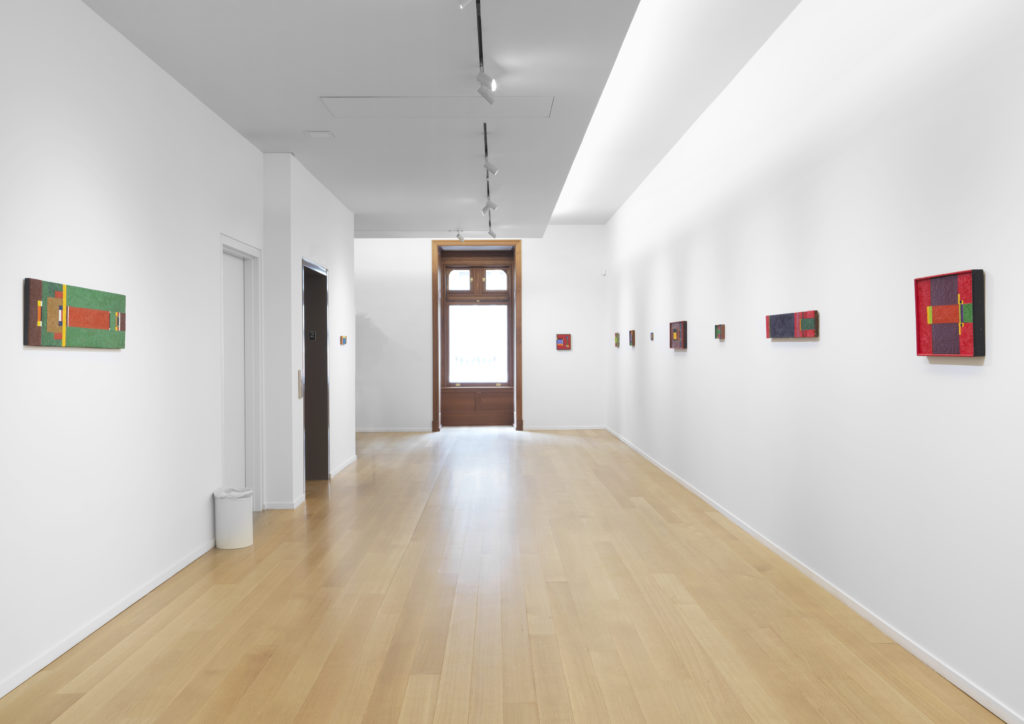
Installation View, Roy Newell, Simon Lee Gallery, New York, 2018. Courtesy of Simon Lee Gallery.
Newell also had a notoriously difficult personality and became increasingly withdrawn from the world as life went on. Because of this, and because he didn’t like to part with his own work, he had few shows and inconsistent gallery representation throughout his career.
“Roy was the type of person who, when entering a room, everyone would roll their eyes and say, ‘Oh my God, let’s get out of here,’” says John Woodward, a Lower East Side gallerist who represented Newell for several years later in the artist’s life. “He didn’t trust anybody. He was very suspicious of people.”
Woodward met Newell in 1994.He describes the artist (who at one point worked as a bouncer) as a tall, physically imposing man, with a caustic personality to match. The two were introduced by Edvard Lieber, a mutual friend who knew Newell through de Kooning. Woodward, a new gallery-owner at the time, was invited over to do a studio visit.
“Roy had a very small studio,” he recalls. “He had an old chair and a coat hanger with an easel on the back, like a fishhook on either side, and he would cradle a painting on that and go to work. He had insane focus.”
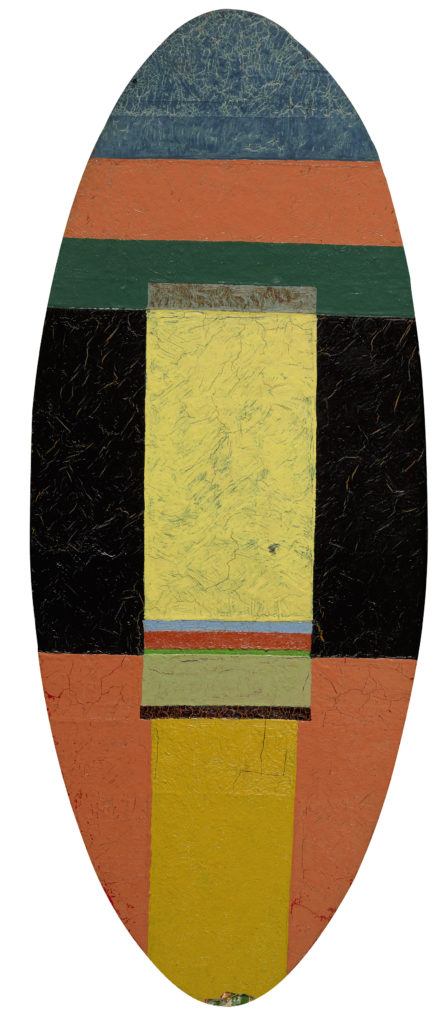
Roy Newell, Untitled (1950). Courtesy Estate of Roy Newell.
Two years later, after photographing and cataloging all of Newell’s works and cobbling together his resume from a shoebox of articles, Woodward mounted the artist’s first retrospective exhibition, “Roy Newell: Lifelines: 1955-1995.” The show was a critical and financial success, and seemed to reinvigorate Newell, who had at that point long retreated into a hermetic lifestyle.
The artist would go to the gallery almost every day during the run of the show and would sit with Woodward while he worked. The two talked about Newell’s life and paintings, but curiously, the artist always had his eye fixed on the exhibition space. “He wanted to observe people looking at his art,” says Woodward.
After a battle with cancer, Newell passed away in 2006. His work has seen renewed interest from curators and collectors since, and is now included in several notable collections, including the Guggenheim Museum and Willem de Kooning Estate.
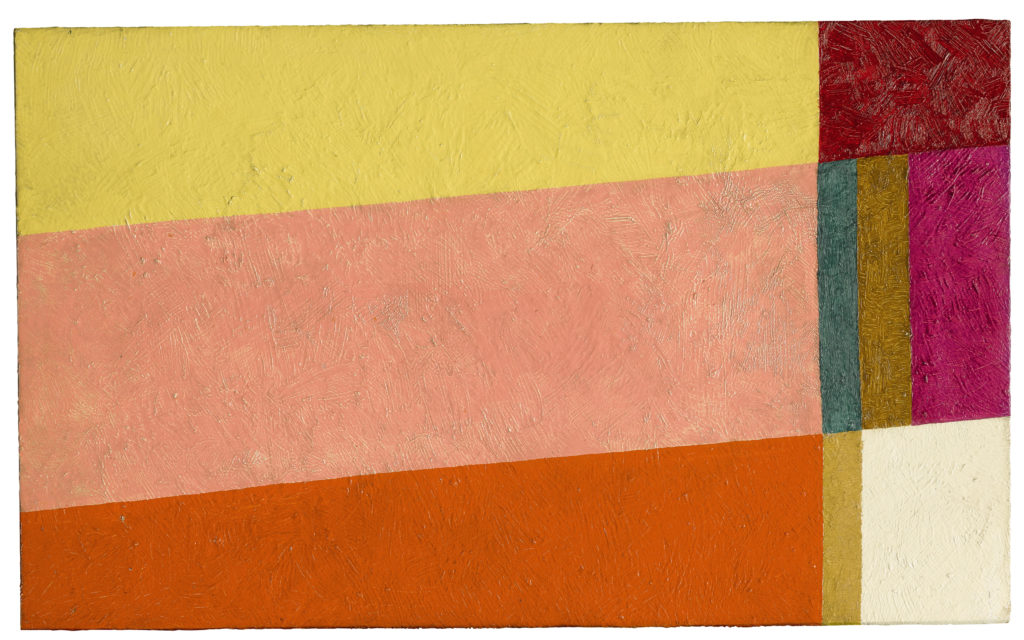
Roy Newell, Untitled (c. 1960s). Courtesy Estate of Roy Newell.
“Roy Newell” is on view through August 17, 2018 at Simon Lee Gallery in New York.